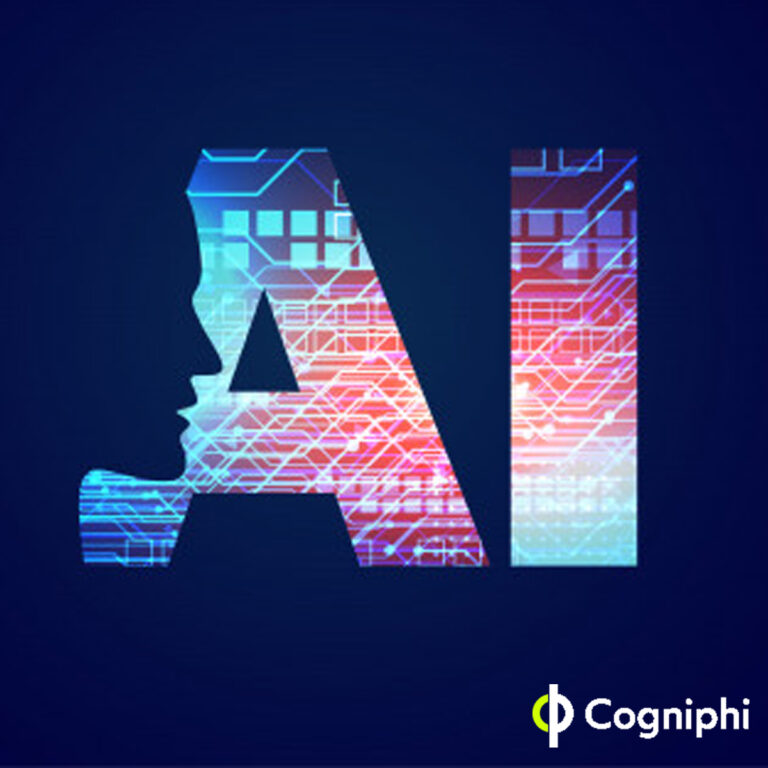
All visionaries and thought leaders agree on one thing, and that is Cognitive Automation will enable faster and more accurate decision making in a world in which the speed and complexity of business are growing exponentially.
But how do companies and businesses benefit from all these powerful technologies to win in a competitive world?
There is a saying attributed to Gartner that Transformation is a business problem, not a technology problem. Artificial Intelligence and Technology cannot create business value or drive change in a vacuum. The most important thing is to study existing processes and practices, what the roles and profiles of people are in different jobs, and determine how to change manual processes to improve the outcome of complex jobs.
Insight is everything
Building AI algorithms are just a small part of the total solution. Creating insights and using those insights to set new benchmarks is the real challenge. This is why you need to have both the business and technical arms of your company to work together to enable real process change.
Decoding the business problem is the primary task in framing an AI solution. Is AI the best way forward? You can decide that only by rummaging through data about the business domain and by understanding interactions between the customers and the products or services handled by the business. Once you have enough data to analyse, use that data to decide whether or not the AI approach is the right way to solve a problem.

AI algorithms, which will of course improve the process of how work gets done, will follow only then. What these algorithms do is mimic the cognitive processing power of a human and automates data extraction. They are the breakthrough components that help speed up operations and at lower cost, but typically are however only 10% of the solution.
Adopting technology to make those algorithms create value is the next step. This essentially is the process of integrating AI into the IT architecture and operations, whereby the AI components function within that ecosystem comprising workflow, security, control mechanisms, and so on. You have now achieved tech advancement but only added a further 20% to the solution.
Changing familiar processes and systems already in operation is 70% of the work. It is only this that will finally impact the business and create value. While AI algorithms and technology are important elements, these capabilities needed to be paired with process transformation to make the solution work. Several changes may have to be made before genuine benefits accrue. This could involve organisational changes, staff redeployments, product segmentation, and plenty more, depending on the nature of business and the market catered to. Technology companies that have helped clients create business value using AI know that Business Process Transformation is what matters.